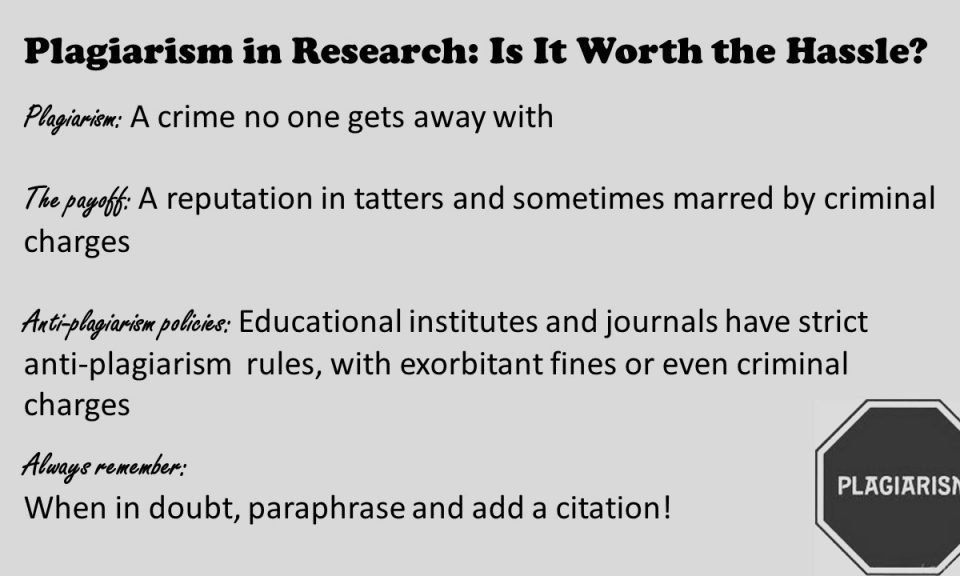- Get in Touch
- +91-9987594481
- cs@editingindia.com
WRITING AN IMPACTFUL AND A READER-FRIENDLY MANUSCRIPT

OSCOSS: AN EFFECTIVE TOOL FOR SOCIAL SCIENCE RESEARCH
September 27, 2020A well-written scientific paper can go a long way in garnering interest in journal editors and peer reviewers. Laying the crux of your research in a concise manner is crucial in getting a scientific article published. At the same time, it is essential to understand that a scientific manuscript need not be unnecessarily mundane.
Many a time, it transpires that a meritorious manuscript does not get the recognition it deserves. Conversely, if the manuscript has too much fluff, it runs the risk of being dismissed as the work of a dilettante. Scientific writers need to be careful that their research paper maintains a fine balance in fact presentation. The manuscript must gain acceptance on dissemination and publication.
Some may argue that a few people are extraordinarily gifted with a quill and can put down their thoughts very efficiently, whereas others struggle in this aspect. Regardless of your talent in writing, a few basic pointers need to be kept in mind when presenting a scientific finding:
Write an effective first page: Do not cling to the adage “Never judge a book by its cover”. Your paper, and in effect your research, is going to be judged by the kind of foundation that you provide to the reader. Vague sentences and obfuscating words are not going to do you any favors. Notice the emphasis on effective. Simple and to the point sentences and words are fundamental to hooking a stranger to your content and encouraging him to read further. This includes having a particularly riveting title, abstract, keywords, and introduction. Remember, “Well begun is half the job done.”
Have a reasonable flow to the narrative: Now that you had a good start to your scientific paper, you need to back it up with an equally powerful body. The basic idea is to deliver what you promise in the initial stages of the manuscript. Crucially, a single thread of thought should be followed throughout your narrative. This applies not only to the logical flow (method, observation, and conclusion) but also to the flow of topics and concepts as well. Jumping back and forth time and again is going to reduce the readability of the manuscript. Concepts should be build in an incremental fashion and conclude with a clear conclusion. Cross-referencing should be minimized.
Avoid jargon: Puerile puritanical rodomontade does not incite frisson but only leads to farrago and might calumny your article. In other (and simple) words: avoid jargon. Only bang, no buck is not going to pay dividends.
Approach the manuscript as an outside: Read through your document as a reader, not as a writer. Proofread your documents twice. Avoid language and grammar errors. Clear legible illustrations and tables supporting the context of the research material alone should be included in the final draft of the manuscript.
Writing a paper that appeals to demographics beyond the scientific community is key to make journal editors and readers accept your paper.




